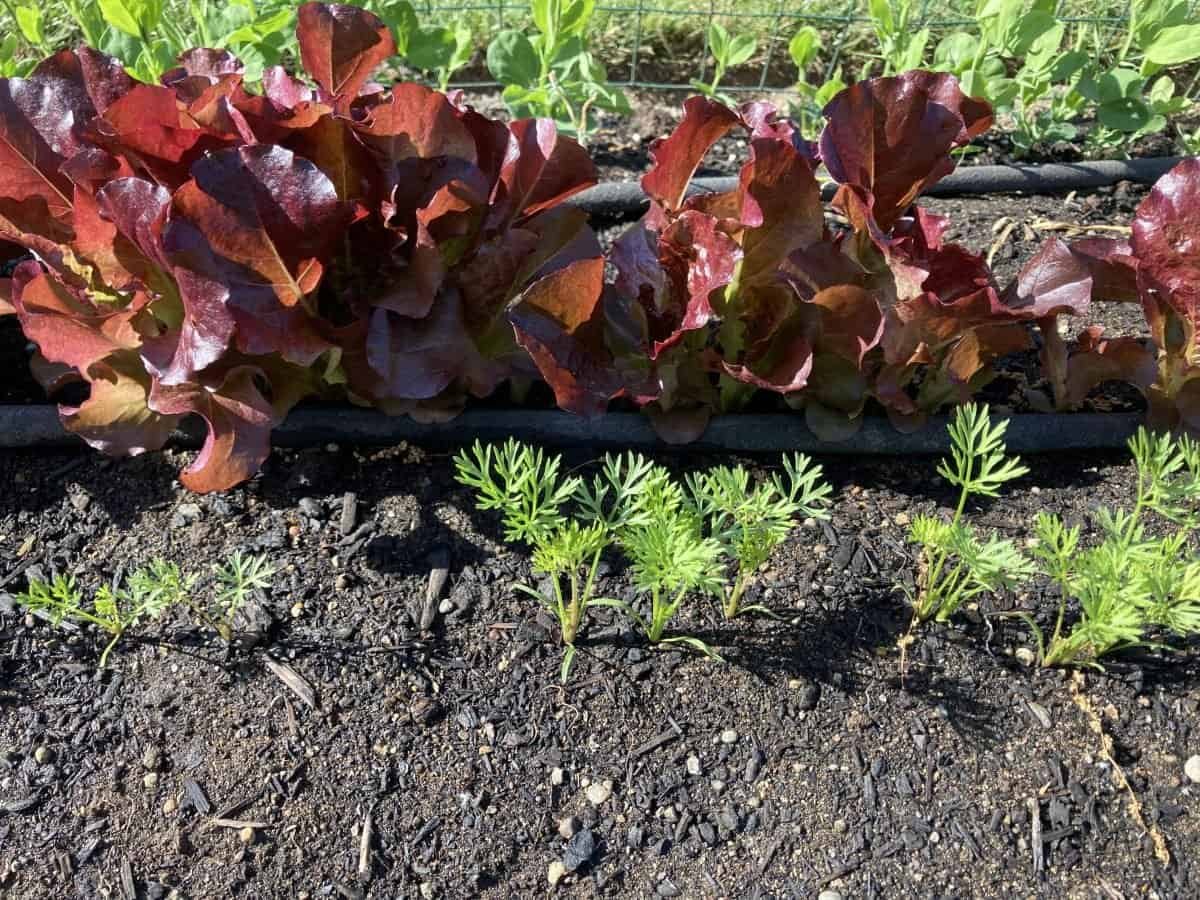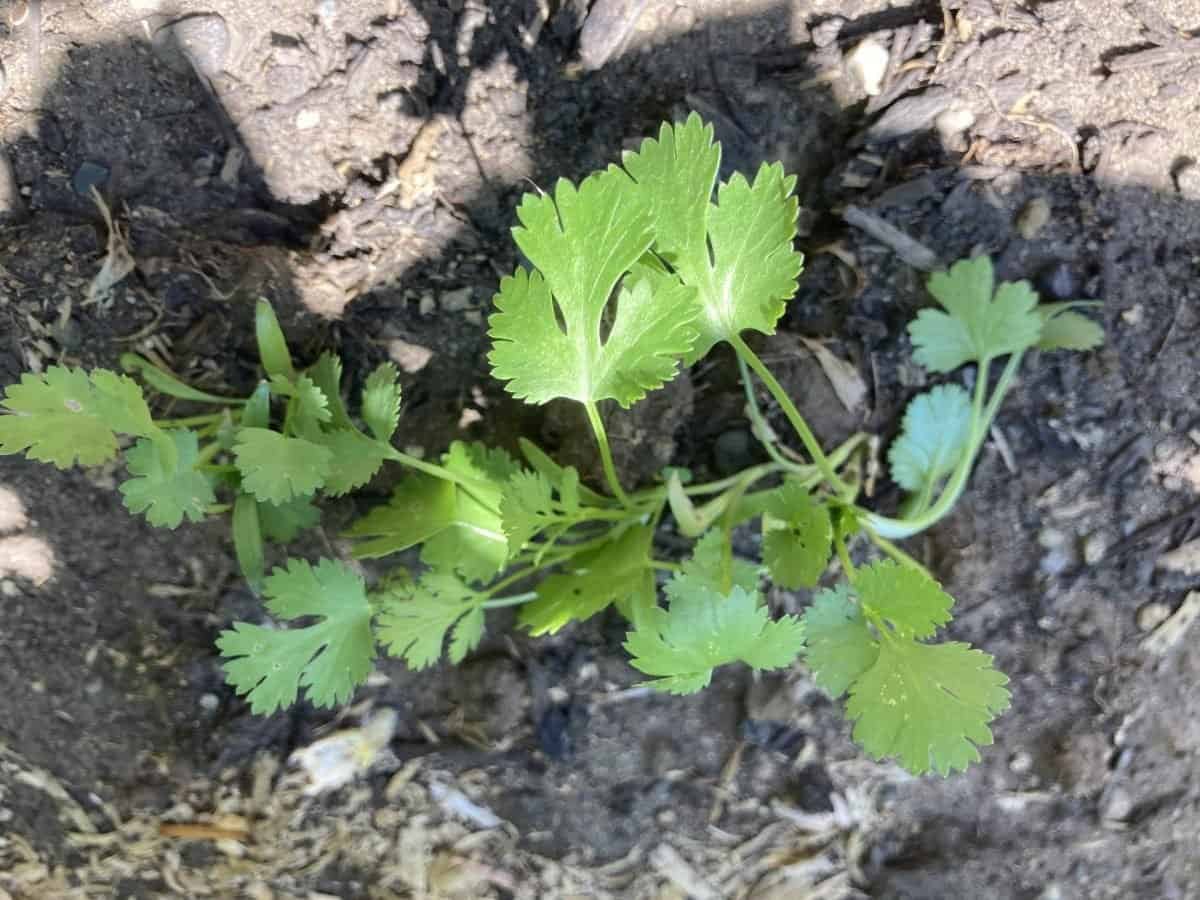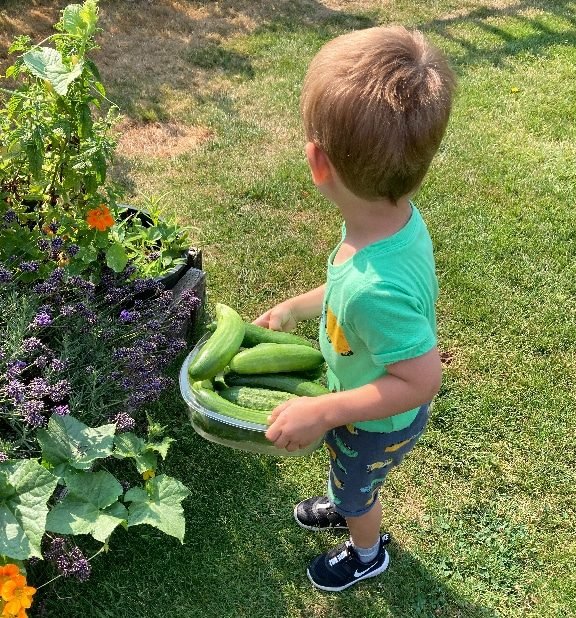The best way to get started planning your garden design for the new planting season is to look back at the last year. Each year you have a clean slate to start over in planning the new year’s garden.
Each year in December and January I take the time to start planning my new garden and the first step is to review my notes, photographs and designs from the previous year.
What you need to get started
The two most important items that can help you plan the new garden are a journal from last year’s garden with notes on what you liked and what you did not like about your garden, and photos to see how it looked to give you a good perspective for designing the new garden.
Garden Journal
I like to keep a journal throughout the year to refer back to for planting schedule, fertilizing, watering, and health of the garden. as well as the production of the different crops and varieties I planted.

By having a garden journal you will be able to review your vegetable plantings to determine your crop rotation to reduce diseases.
This is also a good way to note how much sun different parts of your garden is receiving at different times of the season to help you in planning out your garden plantings for the next year.
I am not good at recalling all the information without detailed notes so I keep a journal. The other nice aspect of using a journal for your garden is that you can look back several years to see what you changed from year to year in your garden.
One of the things to record is the amount of sun exposure each location in your garden receives to allow vegetable plants the best results.
Garden Photos
Throughout the year I take individual photos of plants and crops but I also like to take a photo of the overall garden to not only see the progress of the garden but to see the overall appearance from several angles.
In my opinion, a garden should visually look appealing as well as produce lots of fruit and vegetables.
For example, I planted cosmos as a companion plant throughout two of my garden beds and even though it attracted lots of pollinators and early on it looked very colorful as the season went on it became very cluttered and blocked out the sun for many plants.
It also made it very difficult to get in and harvest the vegetables I had planted among them.
This year my plan is to use them in clumps to attract pollinators and add color but not among the other vegetables, and herbs.
Graph Paper to Design New Garden
You can buy programs to design your garden but I like the old-school use of pencil and graph paper to layout my garden beds with the different plantings, if you prefer using a garden software program be sure to get one that allows you to store and save from one year to the next.
The first step is to take measurements of your garden beds so that you can transfer these measurements to your garden graph paper to know exactly how much space you have.
Each garden row should be 4 feet wide to allow access to both sides of the garden space and two feet of space between rows for the ideal vegetable beds and vegetable garden layout plans.
Be sure you are planting taller plants to the west and shorter plants to the east side of the garden beds unless the shorter ones need the heat of the late afternoon sun.
The next crucial step is to have access to the spacing each plant needs so that you can plant to the specifics of each plant variety.
List Out the Plants you want to Grow
Start by listing each plant and the different varieties you want to grow. A good example is Tomatoes- Big Zac, Pineapple, Sungold, Bloody Butcher, Celebrity and how many plants for each variety.
Once you have your main plant list written out, you will need to list the companion plantings you want to include in your garden.
The next step is to plug in on your graph paper where each plant will be planted, this is a good time to include the companion plant locations.
Be sure that you are noting where the sunniest locations are in your garden and how much shade some of your plants will provide to others. This will help in your vegetable garden layout ideas to provide the best amount of direct sunlight and shade.
Before planting it is a good idea to know how much of each of these vegetables your family and friends will eat so that nothing goes to waste.
You should also note what you can plant using succession planting and what can be planted after plants like peas are done producing.




